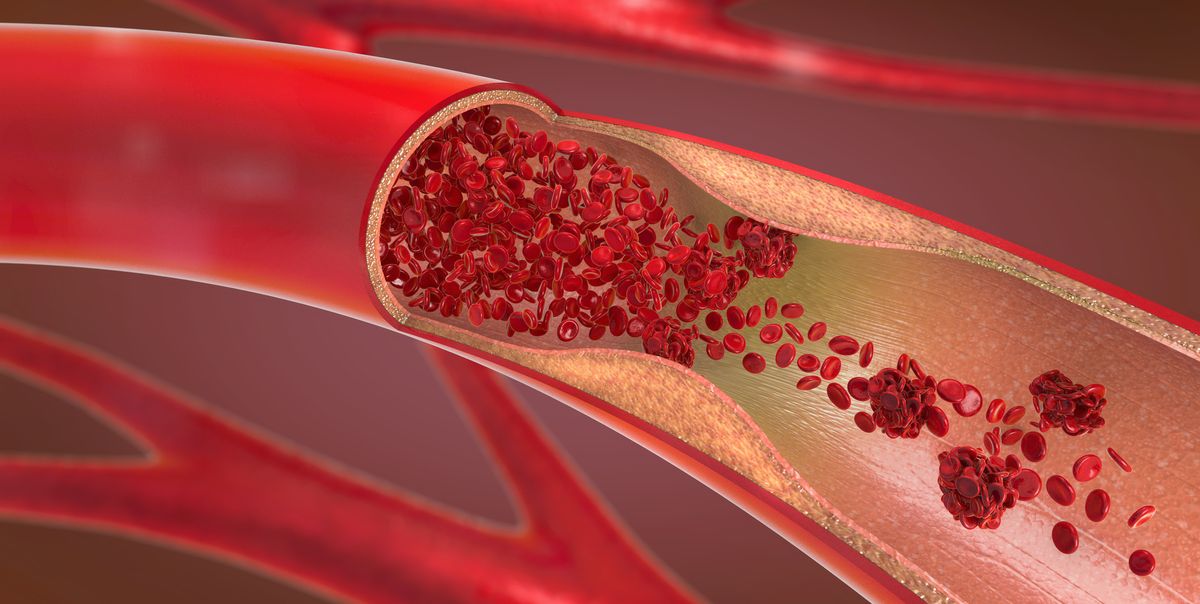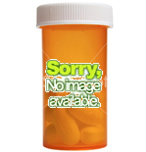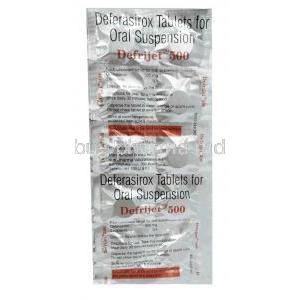Haemocoagulase Injection
- I. Introduction
- II. Composition of Haemocoagulase Injection
- III. How Haemocoagulase Works
- IV. Uses of Haemocoagulase
- V. Off-Label Uses of Haemocoagulase
- VI. Dosage and Administration
- VII. Administration to Specific Populations
- VIII. Side Effects of Haemocoagulase
- IX. Important Precautions and Warnings
- X. Handling and Storage of Haemocoagulase
- XI. Overdose and Emergency Management
- XII. Interactions with Other Drugs
I. Introduction
Overview of Haemocoagulase:
Haemocoagulase stands out as a medicinal formula known for its effectiveness in enhancing blood clotting. This remedy, extracted from snake venoms, plays a crucial role in treating and regulating bleeding disorders.
Historical Development and Approval:
The evolution of haemocoagulase can be linked back to the 1900s, drawing from its origins in traditional medicine practices. Its significant role in therapeutic uses has been recognized and supported by health authorities worldwide.
II. Composition of Haemocoagulase Injection
Active Ingredients:
The main active ingredient in haemocoagulase injection is a blend of enzymes that promote blood clotting. These enzymes exhibit both clot-promoting and fibrinogen-breaking properties. Haemocoagulase is a preparation that includes a factor X activator and batroxobin. It is utilized as an agent for managing primary, secondary, and postoperative internal and external bleeding situations.

Excipients and Their Functions:
To maintain the effectiveness of the components
- Stabilizers are included in the formula.
- Buffer agents are used to regulate the pH level of the solution.
- Preservatives are added to prevent growth and prolong the products shelf life.
III. How Haemocoagulase Works
Mechanism of Action:
Haemocoagulase works by imitating the natural clotting agents in the body speeding up the series of reactions that lead to the formation of blood clots.
Effect on Blood Coagulation Process:
It significantly reduces the time it takes for blood to clot, which is incredibly important in surgeries or medical situations where quick blood clotting is crucial.
IV. Uses of Haemocoagulase
Indications for Haemocoagulase:
Clinical Applications in Various Medical Conditions:
V. Off-Label Uses of Haemocoagulase
Exploring Non-Approved Uses:
Research and Case Studies Supporting Off-Label Use:
Recent research indicates the possibility of utilizing it in medical fields supported by positive results from clinical trials showing effectiveness and safety in these additional applications.
VI. Dosage and Administration
Recommended Dosages:
The amount of haemocoagulase needed can differ based on the medical condition typically falling within the range of 1 to 2 units, per dose.

Administration Techniques:
The way it is given, whether through a vein or a muscle, plays a role in enhancing its healing benefits.
Adjustments for Specific Populations:
Patients with kidney problems or a higher chance of blood clotting issues may need their dosage adjusted.
VII. Administration to Specific Populations
Elderly Patients:
In individuals, it is crucial to closely monitor and adjust medication doses to reduce the chances of negative side effects.
Pregnant Women and Nursing Mothers:
It is recommended that pregnant women and nursing mothers use haemo coagulase under medical supervision with a focus on ensuring the safety of both the mother and the child.
Children:
When using haemocoagulase in children it's important to adjust the dosage according to their age and weight to guarantee effectiveness and safety, for patients.
VIII. Side Effects of Haemocoagulase
Common Side Effects:
Patients who are given Haemocoagulase might encounter a range of side effects. These can commonly consist of:
- Redness or swelling in the area where the injection is given.
- Slight feelings of nausea or dizziness soon, after receiving the medication.
Severe Adverse Reactions:
In some cases, the medication could cause serious issues, like
- Major blood clotting events that could result in a stroke or heart attack.
- Severe allergic reactions known as shock can be life-threatening.
Management of Side Effects:
To reduce these effects, medical professionals should keep a close eye on patients for any indications of negative responses. Depending on the seriousness and how the patient reacts, they can modify medication doses or stop usage.
IX. Important Precautions and Warnings
Contraindications:
Patients who have known allergies to the components or a history of thromboembolic disorders should avoid using Haemocoagulase.
Interaction with Other Medications:
It's important to steer of taking certain medications at the same time especially anticoagulants such, as warfarin as this could either boost or hinder the desired effects of Haemocoagulase.
Allergic Reactions and Hypersensitivity:
Prior to beginning any treatment, it is important to conduct a screening for any allergic reactions by checking if patients have any sensitivity to related enzymatic or peptide-based medications.
X. Handling and Storage of Haemocoagulase
Storage Conditions:
To preserve the stability and efficacy of haemocoagulase, it should be kept in a controlled room environment that is shielded from light and moisture.
Shelf Life and Disposal:
The usual expiration period for haemocoagulase is two years, starting from the manufacturing date. Any expired or unused items should be properly discarded following regulations to protect the environment.
XI. Overdose and Emergency Management
Signs and Symptoms of Overdose:
Experiencing an overdose of Haemocoagulase may result in:
- blood clotting that could potentially cause blockages in the blood vessels.
- Sudden allergic responses if there is a sensitivity to the medication.
Immediate Actions and Antidotes:
In case of an overdose, it's crucial to seek medical help. The treatment could include
- Giving anticoagulants to address clotting.
- Using corticosteroids and antihistamines to handle allergic responses.
XII. Interactions with Other Drugs
Common Drug Interactions:
When Haemocoagulase interacts with medications, it can change how the body processes them, leading to the need for changes in treatment plans. Important interactions to be aware of involve nonsteroidal inflammatory drugs (NSAIDs) and specific antibiotics.
Impact on Pharmacokinetics:
Haemocoagulase has the ability to alter how co-administered medications work in the body, which could result in either improving their effectiveness or raising their risk of causing harm. In depth studies on how drugs move through the body aid in comprehending these interactions leading to combinations of drug treatments.








